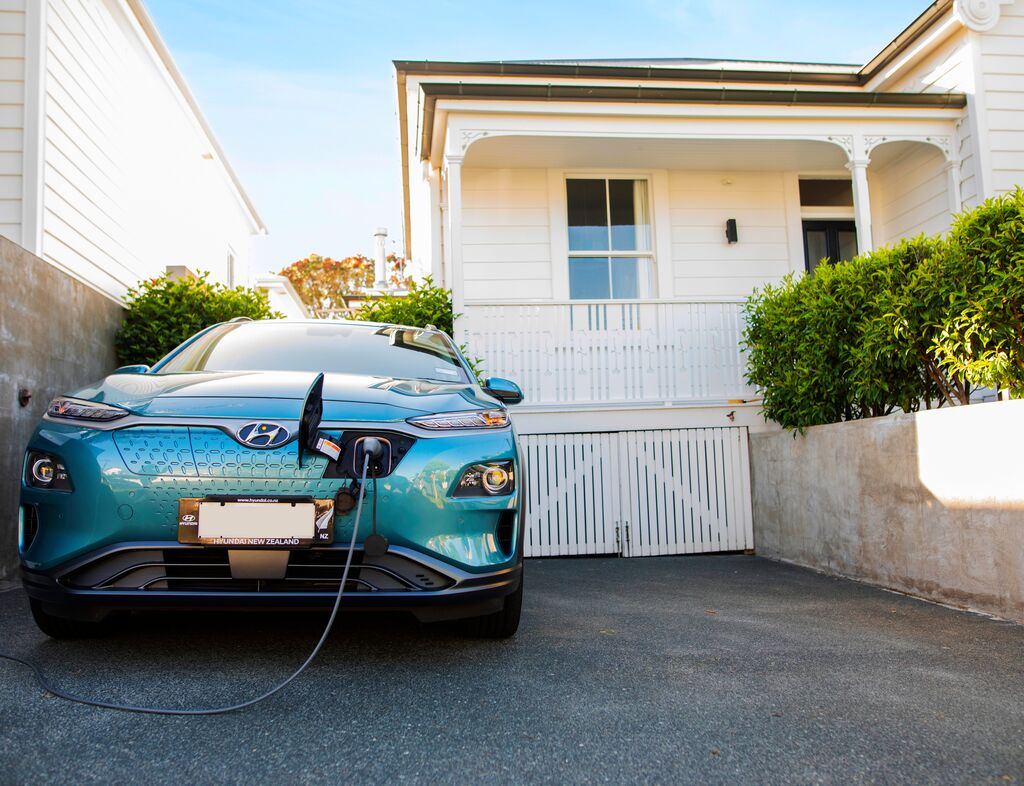To evaluate whether your property would be suitable for a ‘standard install’, please select the most appropriate options for your home, using our ‘EV home charge pre-assessment’ tool below.
Next steps…
It does not sound like an install will be possible
Unfortunately, most customer who live in apartments are unable to have a charger installed as the charger is not directly attached to their property.
You may be able to use the public charging network to support your charging requirements. There are around 25,000 charging devices across the UK and Rapid charging at around 3,000 locations. You can find chargers near you with Zap Map.
An install may be possible, but may be more complex
Complex install may require additional costs if your current electrical supply needs an upgrade (eg earth bonding) or extra cable from your incoming electrical supply/main fuse board).
It sounds like you are okay for standard install
Installation
As your chargepoint location is detached, the installation process may involve groundworks and likely to lead to significant additional cost.
As your property was built before 2008 you may require some extra earth bonding.
Earthing is a way of preventing electric shocks, and main bonding is the green and yellow conductors that connect metal pipes (gas, water or oil) from inside a building to the main earthing terminal of the electrical installation.
Installations that are over 15m may be more complex and can result in an additional costs.
Additional cabling is not not included within a standard installation. Our chargepoint installers will provide full details of any additional cabling costs or non standard costs as part of the quotation to install.
If you would like to conceal a cable, or have the chargepoint on a pole, additional costs need to be taken into consideration such as trenching a driveway to conceal cables at your own expense.
Getting permission
If you own or mortgage your property but do not own the freehold, then as a leaseholder you will require permission from the freeholder to install an electric vehicle (EV) chargepoint.
As a tenant, you will require permission from the landlord to install at electric vehicle (EV) Chargepoint.
Because your property may be listed, or in a conservation area, you may need permission from the relevant authority (e.g. Heritage England) before an electric vehicle (EV) install can take place.
Permissions may take time to obtain from landlords or freeholder. We would encourage you to fully investigate seeking permission before ordering a home chargepoint to avoid delays.

